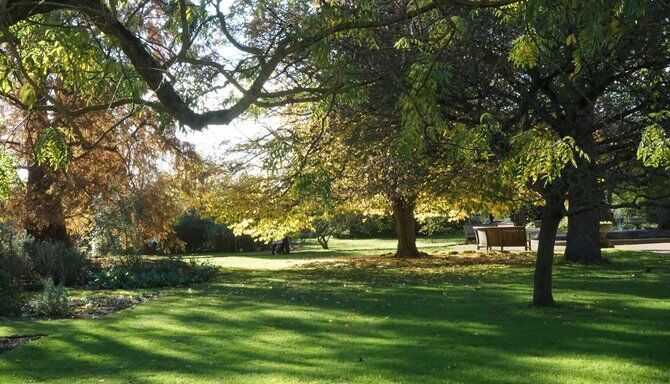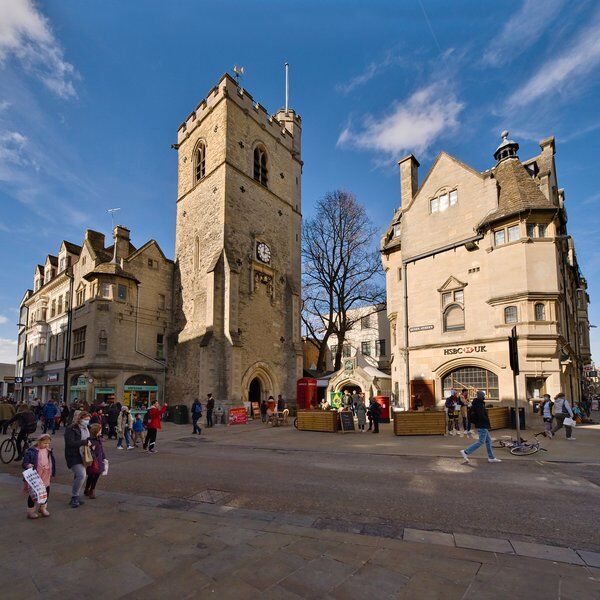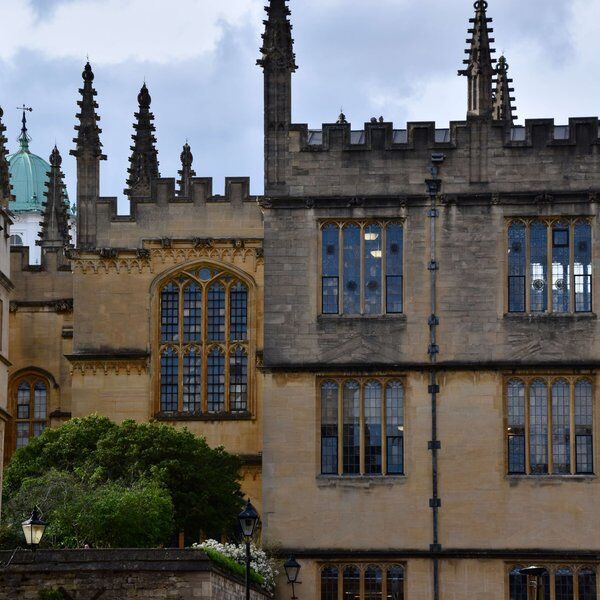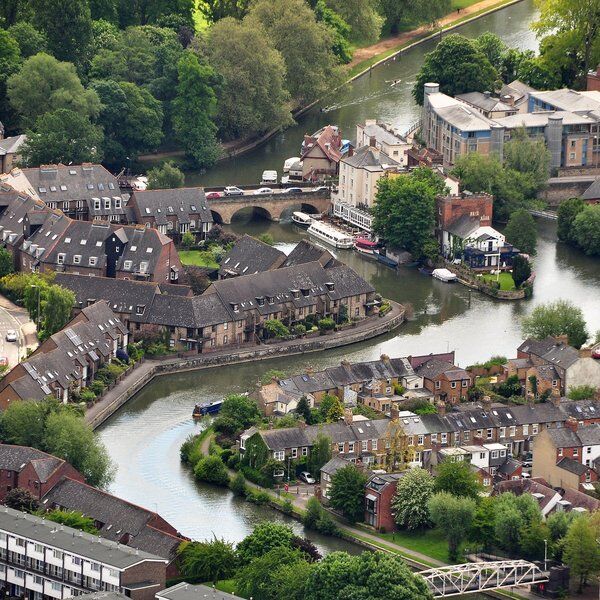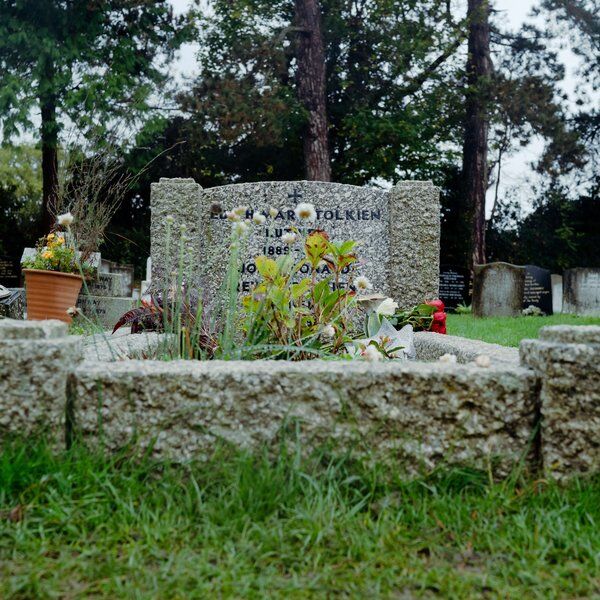Founded in 1621, Oxford Botanic Garden is much more than just a place to marvel at nature’s bounty. The Oxford Botanic Garden, or Oxford Physic Garden as it used to be known, is one of the oldest and most prestigious botanical gardens in the world.
History of Oxford Botanic Garden
By the 1600s, the University of Oxford had established itself as one of the most prestigious places of learning in Europe. But that didn’t mean it couldn’t be improved. In 1621, Henry Davers, 1st Earl of Danby, sought to increase the University of Oxford’s knowledge of medicine and natural sciences. He gave £5,000 (around £5 million in today’s money) to establish a ‘physic’ garden on an old site belonging to Magdalen College.
The site, though disused when Danby commissioned the garden, bore the scars of England’s troubling antisemitic history. The original site of Oxford Botanic Garden was once a 13th century Jewish burial ground, which was abandoned after the expulsion of the Jews in England by Edward I.
The first plants to be kept and cultivated in Oxford Botanic Garden were mostly British and North American varieties, watched over by the first keeper of the garden called John Tradescant the Elder. By 1648, the garden contained around 1,400 plants.
In subsequent years, Oxford Botanic Garden became a prominent centre for botanical research and medical education.
During WWII, the University of Oxford Botanic Garden suffered due to bomb damage, but was lovingly restored and reopened just a few years after the war. Today, the Oxford Botanic Garden stands as a testament to centuries of botanical knowledge and exploration. Its well-curated plant collections inspire visitors and researchers alike, offering a glimpse into Britain’s colonial history and botanical research.

Oxford Botanic Garden: Disease, The Devil & Discovery
Oxford Botanical Garden and Arboretum has been a marvellous resource of all things flora since the 17th century, but you may be wondering why Britain wanted or needed a botanical garden in the first place.
Well, the answer is relatively straightforward. Europe’s first botanical garden was founded in Padua, Italy as early as 1540, though it remained a rare example for many years. It was owned by the Benedictine monks of St. Justina, who cultivated and studied plants for their medicinal properties.
Similarly in Britain, everyone from monks to washerwomen used plants for herbal remedies to cure everything from blisters to tummy upsets albeit with varying efficacy.
Until the 17th century, women were the closest thing most people had to a doctor. The herbal home remedies which had been passed down for generations and usually prescribed by local, elderly wise women were perceived as heretical and dangerous. After all, what do witches do if not brew potions? In England, new Acts of Parliament introduced in 1604 made witchcraft a capital offence. As a result, women retreated from medicine and botany as they knew it, while select male academics studied and examined plants at Oxford Botanic Garden to their heart’s desire - so long as they were doing so in reverence to God.
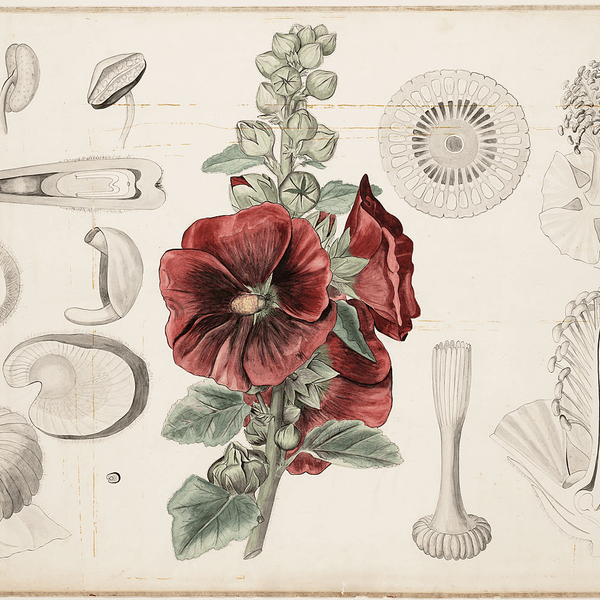
However, at the dawn of the 1600s, new ideas began to circulate in Europe: plants weren’t only useful in medicine, they were also valuable commodities - and interesting.
As Europeans ‘discovered’ new territories such as Asia and North America, they stumbled across plants the likes of which had never been imagined back home.
In 1602, the Dutch East India Company established trade routes which saw the introduction of imported herbs, plants and spices.
Over the following centuries, crews of 'explorers' to the 'New World' always contained a botanist or two, who documented and returned to England's rainy shores with new specimens to be examined. The most famous is undoubtedly Joseph Banks, who accompanied Captain James Cook on his expedition to Australia.
Oxford Botanic Garden & The Birth of Botany
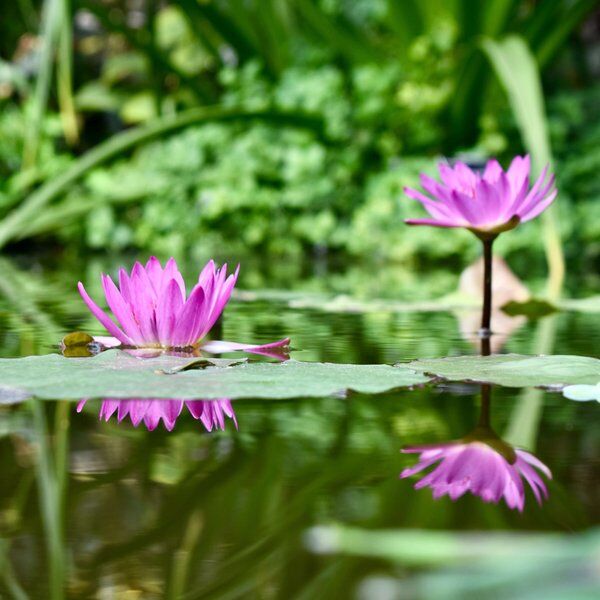
When Oxford Botanic Garden first opened to students, the plants were arranged according to their medicinal properties and value. This made perfect sense, as the students who were evaluating and studying them were mainly interested in how they could be used to cure various ailments.
In 1736, the “Father of Botany”, Carl von Linné, better known as Linnaeus, visited Oxford Botanic Garden. Linnaeus created the system known as Linnaean Taxonomy in 1735, whereby animals, plants and minerals were categorised alphabetically and according to their ‘class’.
By the mid-19th century, the gardens were rearranged by geography - where the plants had originated. As Britain explored and plundered increasingly distant shores, new plants began to arrive requiring specialist care.
Today, the gardens are laid out to display the evolution, diversity and classification of all manner of plants, showcasing the great variety of species in all their splendour.
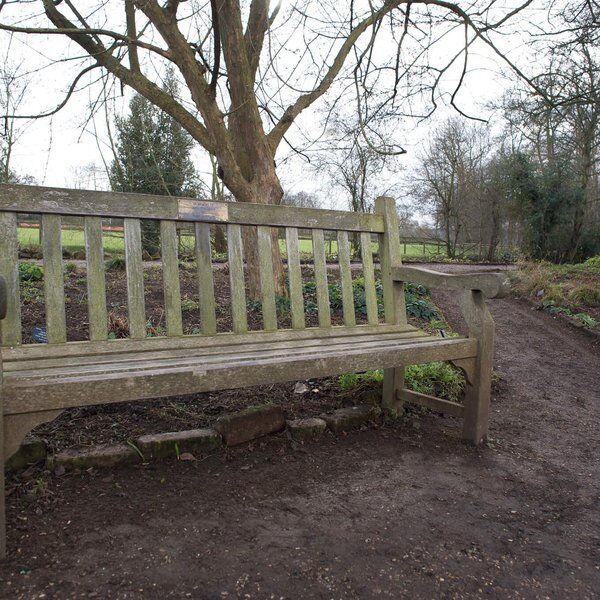
Literary Links to Oxford Botanic Garden
Due to its longevity, The University of Oxford Botanic Garden has inspired quite a few well-known writers, namely CS Lewis, Philip Pullman and Lewis Carroll.
Oxford Botanic Garden: His Dark Materials
As readers of Philip Pullman’s His Dark Materials trilogy will know, the author frequently uses Oxford as a setting for key scenes to play out. Fans of Northern Lights (sometimes referred to as The Golden Compass), The Subtle Knife and The Amber Spyglass will recognise Oxford Botanic Garden as playing a crucial role in the protagonist Lyra’s adventures.
Without giving away any spoilers to future readers of the series, a significant scene from Northern Lights plays out in Oxford Botanic Garden where Lyra and her daemon, Pantalaimon, hide in the garden from pursuing adults. Lyra also witnesses Lord Asriel pouring an ‘unknown’ substance into a decanter, the catalyst scene for Lyra’s coming adventures.
Oxford Botanic Garden Lyra’s Bench
In the far left hand corner of The Lower Garden in Oxford Botanic Garden, visitors will find what has been dubbed “Lyra’s Bench”. This landmark has become a place of pilgrimage for fans of the His Dark Materials trilogy, since the bench is where Lyra and Will can meet between their worlds.

Oxford Botanic Garden Today
Today, the University of Oxford Botanic Garden is open to the public and home to over 5,000 plant species from all over the world.
Visitors wishing to enter the gardens must have a valid ticket which can be purchased in advance. Oxford Botanic Garden tickets cost £6.30 for adults and £5.00 for concessions and people over 65 years of age.
The gardens are open to all to explore at their own pace, or you can arrange to have a guided tour - find out more here.
Psst: Oxford Botanic Garden also hosts events throughout the year that the whole family can enjoy! With lectures on the origins of alcoholic drinks to guided meditation sessions among the glorious flora, it’s well worth double-checking to see if something exciting is happening before you go. Find out more here.
4 Incredible Plants You’ll Find in Oxford Botanic Garden
1. The Giant Water Lily (Victoria Amazonica)
When we say giant, we mean GIANT. Water lilies are classed under “Nymphaeaceae” (try saying that three times in quick succession) and this particular species is native to the Amazon River basin. It has enormous circular leaves that can grow up to 2.5 metres in diameter (that’s over 6 feet!) and the leaves are so buoyant that they can (though don’t try it) support the weight of a small child!
2. The Winter-Flowering Cherry (Prunus Subhirtella Autumnalis)
If, like me, you find winter especially depressing due to the lack of plant life, here’s a fact that will bring you some solace. Unlike most other cherry trees that mostly bloom in springtime, this particular variety flowers during mild weather in winter.

3. The Corpse Flower (Amorphophallus Titanum)
It sounds awful, and it is! This plant, while totally disgusting, is incredible. It’s mostly famous for giving off a putrid smell much like rotting flesh (yuck). However, the foul odour is really a lure to flies and beetles that pollinate it. The Corpse Flower is most commonly found in the rainforests on the Indonesian island of Sumatra.
4. The Oxford Physic Rose (Unknown)
The Oxford Physic Rose was created to celebrate the Oxford Physic Garden’s 400th birthday - and what a flower it is! Created by Peter Beales Roses LTD in collaboration with the garden, the Oxford Physic Rose is a delightful pale pink and beautifully exemplifies the fascinating journey of learning that the Oxford Botanic Garden has undergone over centuries.

Find More Hidden Gems in Oxford with CityDays
Oxford Botanic Garden is located in the heart of the historic city of Oxford. Packed with noteworthy nooks and hidden gems, Oxford offers its visitors a fantastic array of historical landmarks and fascinating facts.
Ready to discover more of what Oxford has to offer?
CityDays have two outdoor treasure hunts in Oxford to choose from: Scholars and Spires and Ancient Echoes. Both combine the fun of an escape room with the historic facts and whimsical trivia of a walking tour!
Both routes take you around Oxford on a curious journey that will take you into the city’s fascinating alleyways while learning more about Oxford’s turbulent history in a new and interactive way.
Take the stress out of planning your visit to Oxford and book your adventure today!
Not visiting Oxford this time? Don’t worry, you’ll find us all over the world.
